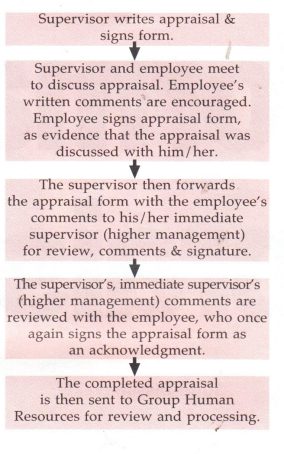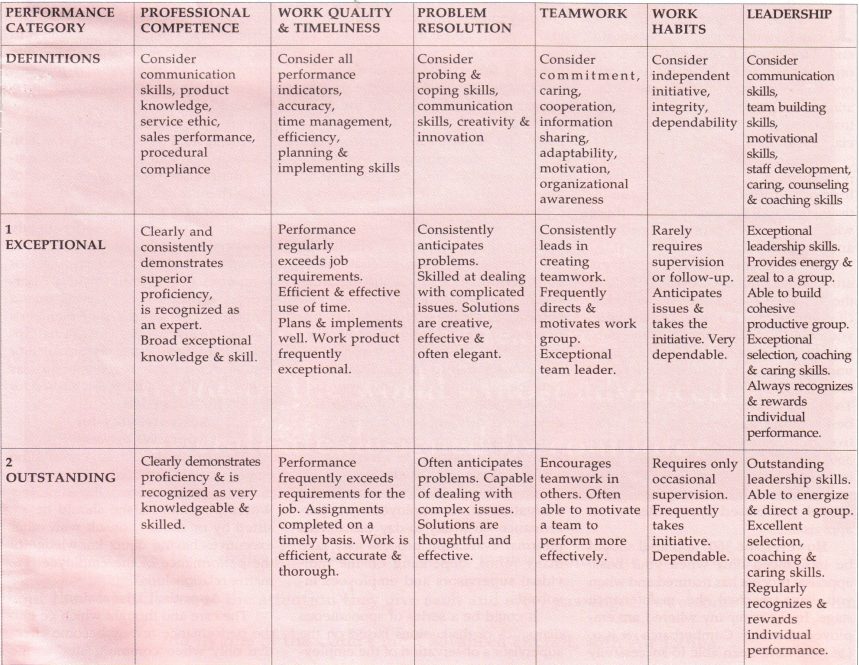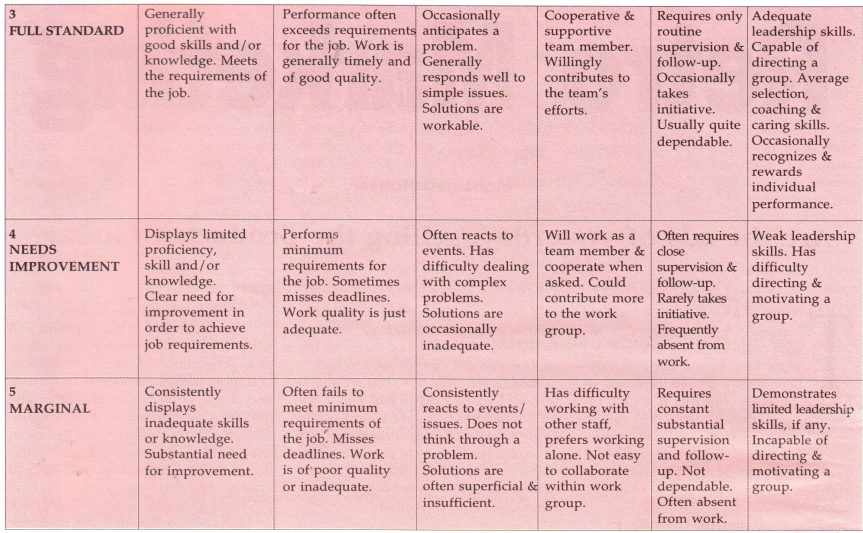Sunil Dissanayake
THIS TIME OF THE YEAR NOW, where companies begin the annual performance appraisal process for conclusion in time for merit based pay reviews, which happens at the end of the financial year in March. Those organizations which have not yet developed a meritocracy, may now be evaluating suitable appraisal processes for introduction at the beginning of the financial year in April.
Therefore, I thought it appropriate now to discuss in this article a basic form of performance appraisal as an introductory tool for the benefit of those who have not been exposed to performance appraisals.
Those of you who have read my article titled ‘PERFORMANCE CHECK’ in the March 1997 issue of Business Today, (if you don’t have a copy of this issue, you could purchase one from the publishers of this magazine) would have understood that there are other types of more sophisticated appraisal processes. To my mind the most advanced and the best appraisal process to obtain qualitative and quantitative feedback is the 360° appraisal process which I discussed in the March issue. This type of appraisal process eliminates the subjective, judgmental and biased approaches to an appraisal.
However, the 360° appraisal should be introduced only when your basic appraisal process has matured and when you have reached the maintenance stage. In the company where I am employed (Carson Cumberbatch & Co. Ltd.) we have been able to successfully introduce and implement a basic performance appraisal process, mature and maintain same over the past three years. (Thanks to the commitment, dedication and acceptance of the process by all levels of employees, from the CEO and board of the group right down to the grass roots) We are now in the process of making a gradual shift to the more sophisticated 360° appraisal process beginning the upcoming financial year.
Introduction
All employees have the right to know what is expected of them in their jobs and how well they are meeting those expectations. It is up to every supervisor to provide those employees with honest, objective evaluations of their performance-identifying areas where improvement is needed, and helping employees to make that improvement are crucial management responsibilities. There is, however a consistent approach to be used when appraising all employees. This approach should comprise of the following two distinct yet overlapping activities.
1). Continuous Evaluation and
2). Formal Appraisal.
Continuous Evaluation
One activity is the, ongoing informal evaluation of an employee’s job performance on a day-to-day basis. This informal evaluation process may take many forms, depending on the individual supervisors and employees involved.
It could be a series of spontaneous dialogues or discussions based on the supervisor’s observation of the employee’s job performance or it could be more structured a periodic review, preferably quarterly, based on established criteria, throughout the financial year. The purpose of this ongoing evaluation is to encourage an open and honest dialogue between the supervisor and the employee, about the employee’s activities, tasks and conduct.
Formal Appraisal
The second phase in the evaluation is a formal, written review of staff members performance over a given period of time. These formal performance evaluations must take place at least once a year, but may occur more frequently under certain specific circumstances. For example the transfer of an employee or a supervisor frequently makes a performance appraisal necessary. So does a significant change in a staff member’s level of performance. This formal appraisal measures actual performance or results against job responsibilities as defined by the standards established for the job for that period.
Responsibility for Appraisal Process
The person directly supervising the employee is in the best position to appraise the performance of the employee. Where possible, he/she should be assisted by or should consult with other executives having direct knowledge of the performance of the employee (i.e. matrix relationships).
Appraisal Discussion
The care and thought which go into the performance review become effective only when communicated to the employee. The goal is honest and constructive two-way communication. This communication/discussion process between the employee and the immediate supervisor is the most important part of the process. It is normally a good practice to give the employee a written copy of the appraisal the day before the discussion is conducted. The objective of the discussion should be to discuss the specific plans to further develop and/or improve the performance of the employee and not as a punishment tool. Career plans and any other performance related matters should also be discussed at this time.
Comments of Employee
The employee should be encouraged to express his/her comments about the written appraisal. These comments should be indicated on the appraisal form by the employee in the space for employee’s comments.
Review and Signatures
The final stage in the appraisal proc-

ess is to obtain the necessary signatures on the appraisal form. Following would be ideal steps in the review and signature process.
Disputes
In case of a dispute on the appraisal between the employee and the immediate supervisor, the supervisor’s supervisor (higher management) attempts at a resolution. Failure to reach consensus would result in the CEO of the company giving his/her ruling on the disputed appraisal, which would then be final. The CEO in this instance would normally consult with all concerned parties as well as the Head of Group Human Resources.
Performance Standards
Below is a suggested guideline for setting performance standards, which should be communicated to all employees prior to commencement of the period for which performance is being reviewed and to all new hires at the orientation program.


Performance Levels
Below are possible descriptions/grades that could be adopted for the five performance levels, the performance standards described in the chart which you just read.
BENEFITS OF PERFORMANCE APPRAISALS
Feedback received from performance appraisals and the identified performance level could be used as a valuable tool for the future twelve months in the following areas:-
A) In identifying training needs and development of training plans based on improvement areas.
B) For inclusion in skills inventory based on identified strengths.
C) For use in career development plans, career pathing strategies, succession planning (refer article on Understanding Career Development in Business Today issue of October 1996)
D) For promotions and grade changes if you have evaluated job grades, and for development of a promotions policy (refer article on Evaluating Jobs in Business Today issue of August 1997)
E) For strategising of compensation plans with a view to rewarding and retaining your top 60 percenters (refer article on Compensation Planning in Business Today issue of September 1997).
F) For use in annual pay reviews, in order to weight your average pay increase % vs. performance levels.
G) For use in annual share of profit allocations, by weighting the payout % vs. performance levels.
Good luck with your performance appraisal process! This is an activity which supervisors who lack confidence in themselves, fear discussing with their employees. Remember the old days when a supervisor executed a performance appraisal by his/her self and very religiously filed it in the personal file as a top secret sacred document, without sharing the contents of the appraisal with the employee concerned?



